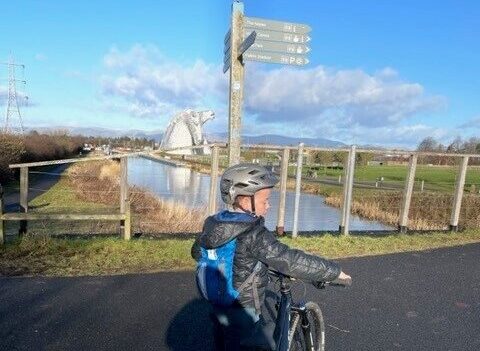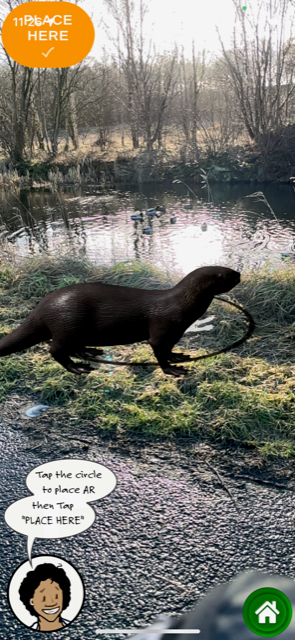Great Places, Falkirk
Heritage interpretation training, copywriting and editing
In late 2020, as the UK emerged from the first phase of the COVID-19 pandemic, I was approached by Falkirk Community Trust to work with them on elements of their Falkirk Explored App as part of the ‘Great Places’ National Lottery scheme.
My brief was to provide professional heritage interpretation support for local community groups developing heritage walking trails and audio guides for the mobile app.
The first group comprised ten senior school students (history ambassadors) working together on one heritage trail. For this group I designed and delivered a workshop about heritage interpretation for digital audiences (audiences who use mobile phones). Due to ongoing COVID-19 restrictions in schools, this was delivered via Zoom.
The second group were a local history society group of volunteers working together on a different heritage trail. For this group, I produced a workbook introducing the fundamentals of heritage interpretation for digital audiences. I then provided consultation via email on their planning and copy editing of their final text. Again, due to COVID19 restrictions, this work was all conducted remotely.

Falkirk Explored
Each of the trails designed by the groups included the overall route, 12-18 stops, text, images and audio. The workshop for the school pupils and the workbook for the history society both covered all aspects of interpretation at an introductory level. This included storytelling, writing for specific audiences, narrative ‘voices’, different perspectives, creating engaging interpretation, using images and writing for digital format / the App audience.
The two walks produced (available on the Falkirk Explored App) are the ‘Denny and Dunipace Heritage Trail’ and ‘Rough Castle Trail’.
Canal Encounters
In the summer of 2021, I was asked to work directly on the interactive App walk ‘Canal Encounters’ as an interpretation copywriter. This walking trail about the history of the Forth and Clyde Canal included augmented reality elements and community-generated content from school engagement. I was asked to undertake the development of eight stories for the trail, related to the history of the canal, by collating research material provided by the client. I produced each story in two formats: written copy for the app and an audio guide script.
In 2022 I was finally able to try the full experience out with my son. We cycled the ‘walk’ from the Falkirk Wheel to the Kelpies and back again. It was a really fun day out.













